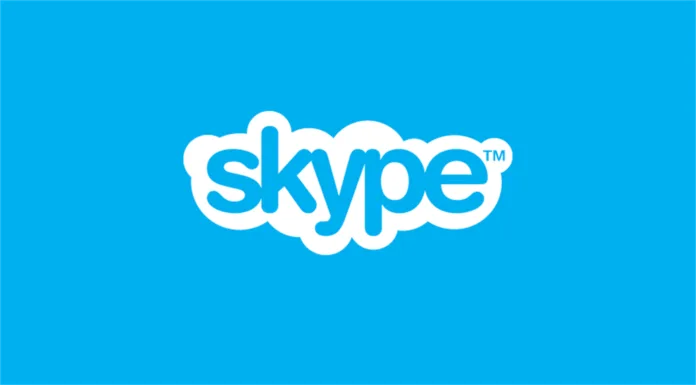In a major shift for digital communication, Microsoft officially shuts down Skype from May 5, bringing an end to the once-dominant video calling and messaging platform. The announcement marks the close of a chapter in internet history, where Skype played a central role in connecting people globally long before the rise of Zoom, Teams, or Google Meet.
Skype, once a go-to platform for personal and business communication, has seen a steady decline in user engagement over the past few years. Now, Microsoft is making a decisive move to streamline its communication platforms, officially retiring Skype and redirecting its focus toward Microsoft Teams and other AI-driven communication technologies.
Why Microsoft is Shutting Down Skype
The decision to shut down Skype stems from evolving user preferences, the rapid growth of Microsoft Teams, and the company’s strategic pivot toward integrated communication solutions. Microsoft acquired Skype in 2011 for $8.5 billion with the hope of embedding it deeply into its product ecosystem. For a time, Skype served as the flagship app for video calls, especially in professional environments.
However, over time, the app struggled to keep pace with modern user expectations. Clunky interface updates, competition from more agile apps like Zoom, and the meteoric rise of Microsoft Teams—which now incorporates chat, video conferencing, and collaboration features—have all contributed to Skype’s diminished presence.
Microsoft Teams Replaces Skype
One of the key reasons Microsoft officially shuts down Skype from May 5 is the increasing success and universal adoption of Microsoft Teams. Launched in 2017, Teams quickly became the company’s central communication hub, especially during the COVID-19 pandemic when remote work surged.
Microsoft Teams has since evolved to support not just businesses, but educational institutions, healthcare systems, and casual users. It integrates seamlessly with other Microsoft 365 tools, such as Outlook, Word, and Excel, offering a unified productivity experience. As Skype usage declined, Teams usage skyrocketed, making the decision to sunset Skype a logical progression.
The Decline of Skype
Skype’s decline can be traced back to several key factors:
User Interface Issues: Frequent design overhauls made the platform confusing and inconsistent.
Lagging Behind Competitors: Skype couldn’t match the ease-of-use or performance of newer apps like Zoom and Google Meet.
Lack of Innovation: While competitors introduced virtual backgrounds, live captions, and AI-powered enhancements, Skype lagged behind.
Corporate Strategy Shift: Microsoft’s focus shifted toward enterprise-level tools like Teams, leaving Skype under-resourced.
This decline turned what was once a market leader into an afterthought, despite having more than 300 million monthly users at its peak.
What Happens to Existing Skype Users?
Microsoft has stated that all existing Skype accounts will be gradually deactivated starting from May 5, with data migration options available for users who want to move their contacts or chat history. Users are being encouraged to transition to Microsoft Teams or other Microsoft communication tools.
Skype credits and subscriptions will be refunded or transferred based on account status. Microsoft also assures privacy protection during the shutdown process, adhering to GDPR and other data protection regulations.
The Legacy of Skype
Despite its shutdown, Skype’s impact on the digital communication landscape is undeniable. It was among the first widely adopted tools for free internet-based calls, breaking international barriers and reshaping the way people worked and communicated.
From personal chats with loved ones across continents to formal business meetings and even job interviews, Skype played a transformative role. Its influence laid the groundwork for modern video conferencing platforms and normalized virtual communication in everyday life.
What’s Next for Microsoft?
As Microsoft officially shuts down Skype from May 5, the tech giant is doubling down on AI integration within Microsoft Teams and its productivity suite. Microsoft is heavily investing in AI-driven communication features, like Copilot for Teams, which offers meeting summaries, real-time transcription, and smart recommendations.
In addition, Microsoft is looking to enhance its Azure-based communication services, giving developers and enterprises more robust APIs and cloud tools for voice, video, and messaging capabilities.
Conclusion
The news that Microsoft officially shuts down Skype from May 5 is both sentimental and strategic. For many users, Skype was their first experience with internet-based communication. Yet, in today’s fast-evolving tech environment, staying relevant means constant innovation.
Microsoft’s decision reflects a broader trend in the industry—prioritizing streamlined, AI-enhanced platforms over legacy software. While Skype’s chapter may be closing, the future of digital communication, led by tools like Microsoft Teams, promises more seamless and intelligent interaction.
